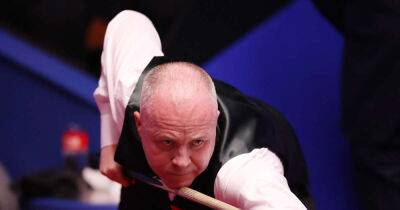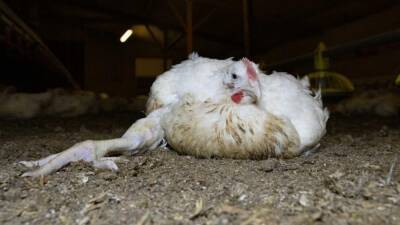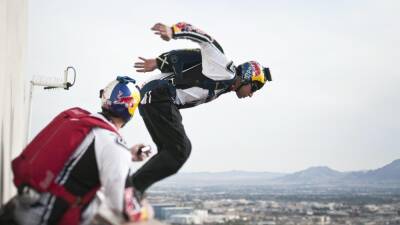How many horses have died at the Grand National?
It is one of the world's most iconic sporting events and watched by millions each year. But while the Grand National is an opportunity for racing fans to dress up, watch some scintillating action and maybe even win a bit of money, there is a dark side to the steeplechase with many horses losing their lives at Aintree over the years.
Two horses have died so far at this year's festival. There were distressing scenes at Aintree on Saturday when, hours before the main event, Elle Est Belle suffered a suspected heart attack as she finished fourth in the novices hurdle. Solwara One, ridden by jockey Sam Twiston-Davies, had become the first fatality of this year's race week following the 1.45pm race on Friday.
The RSCPA has condemned the deaths, saying that "the death of any horse is always one too many", while animal rights activists and campaign groups have long called for stricter safety measures to be introduced within horse racing. These calls have been intensified following the recent Cheltenham Festival, where four horses lost their lives in just four days.
While modern steeplechase races have an average of just over four equine fatalities for every 1,000 horses taking part, according to the British Horseracing Authority, the National's rate is considerably higher. But how many horses have died at the Grand National, and what is causing these deaths?
Since the first Grand National in 1839, 86 horses have died during the race itself, with nearly half of these deaths taking place between 2000 and 2012. Last year, The Long Mile had to be put down during the main race having suffered an injury while running on the flat course, two years after Up for Review lost his life at Aintree.
At Aintree alone, 55 horses have died





